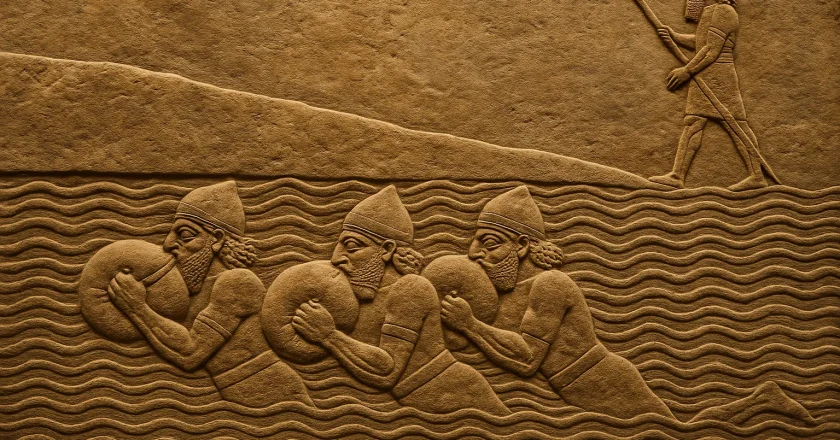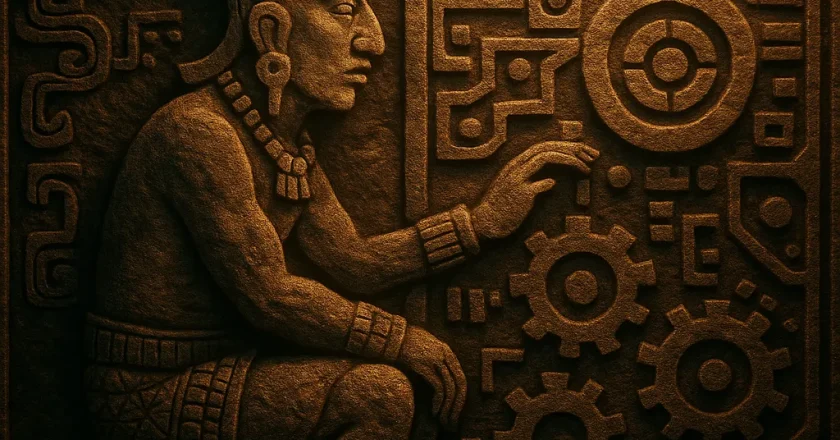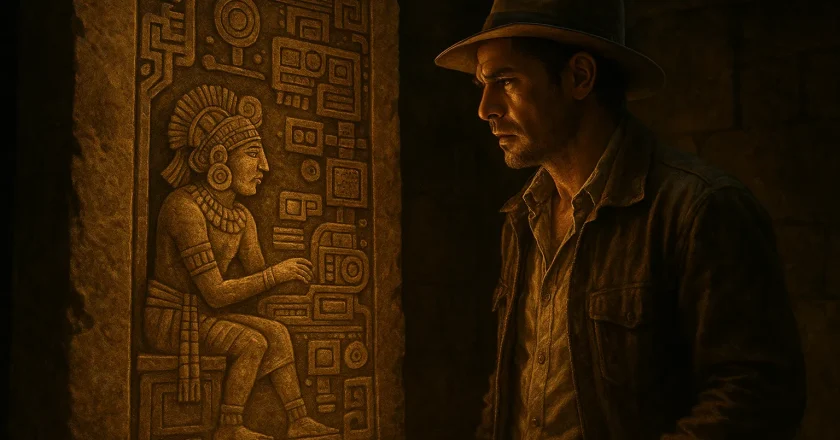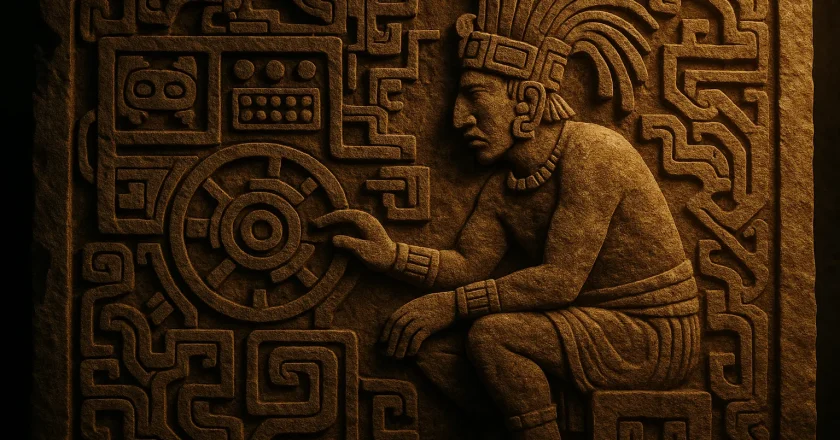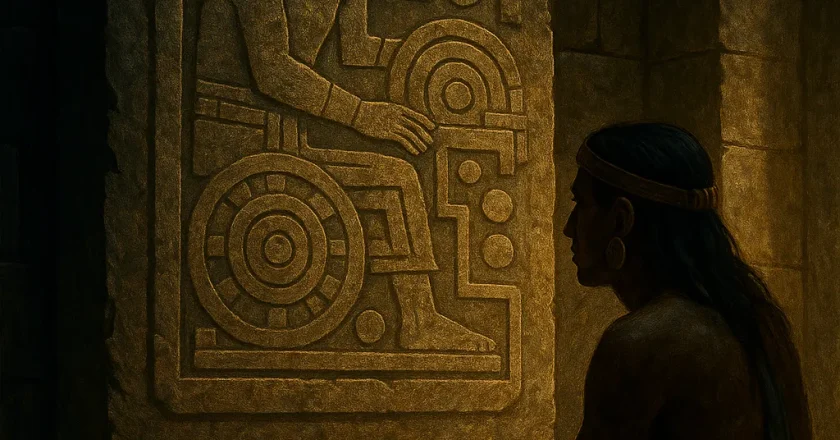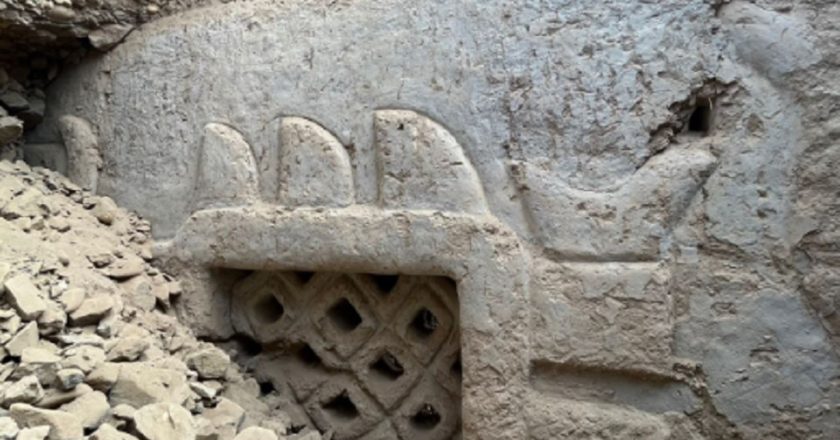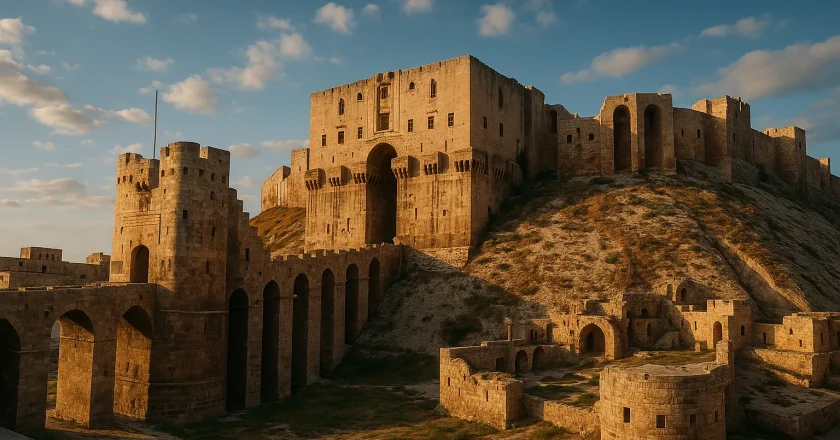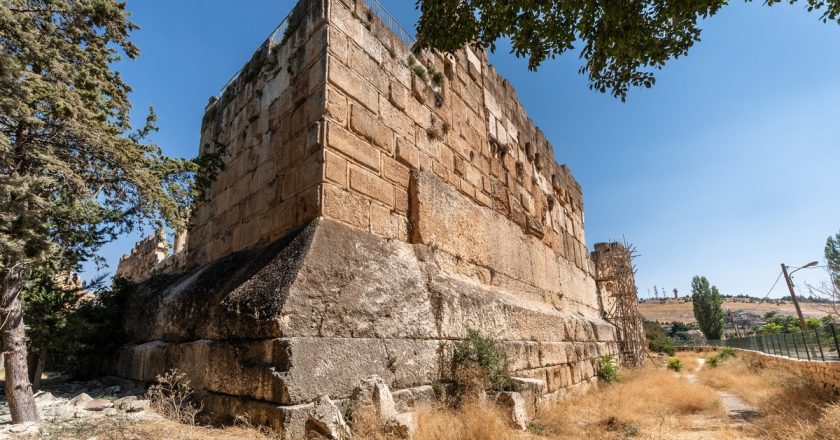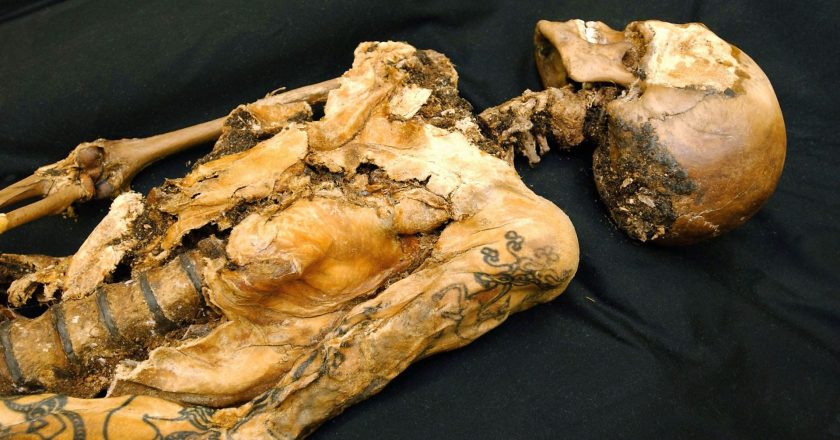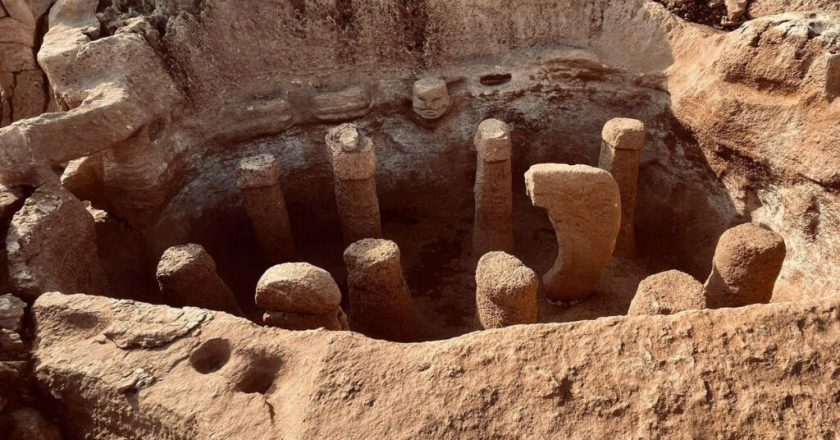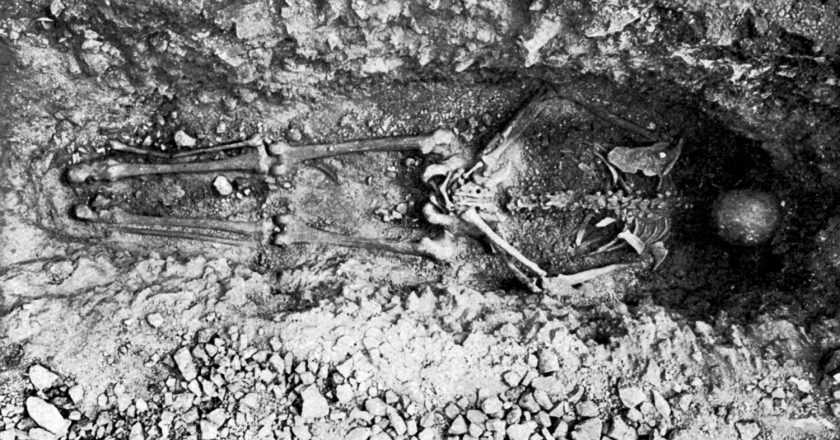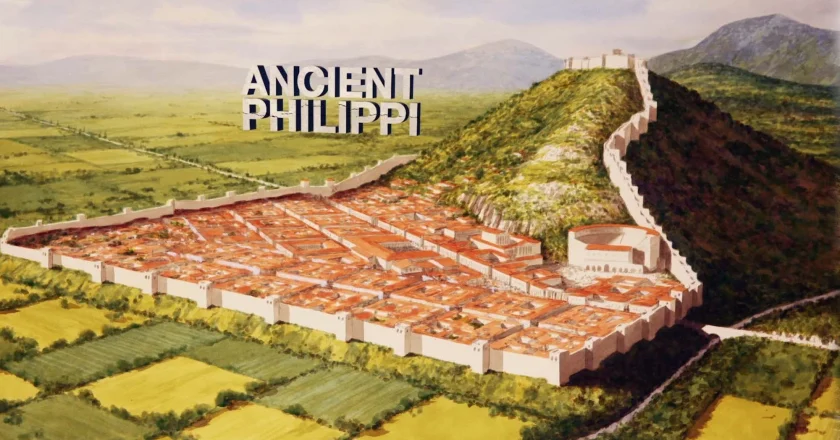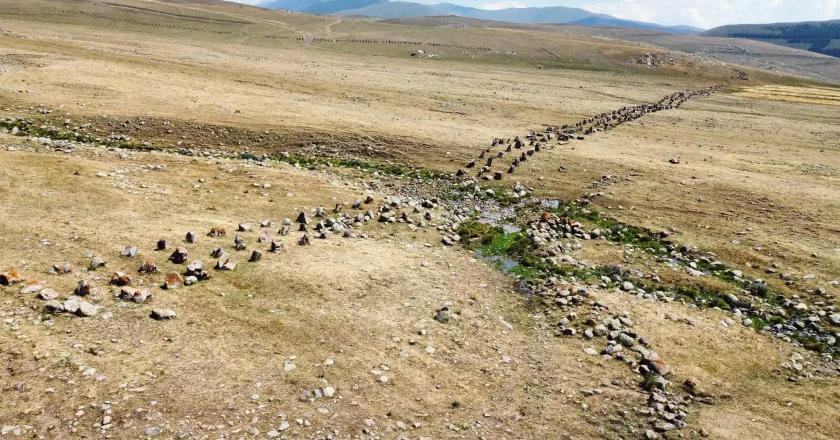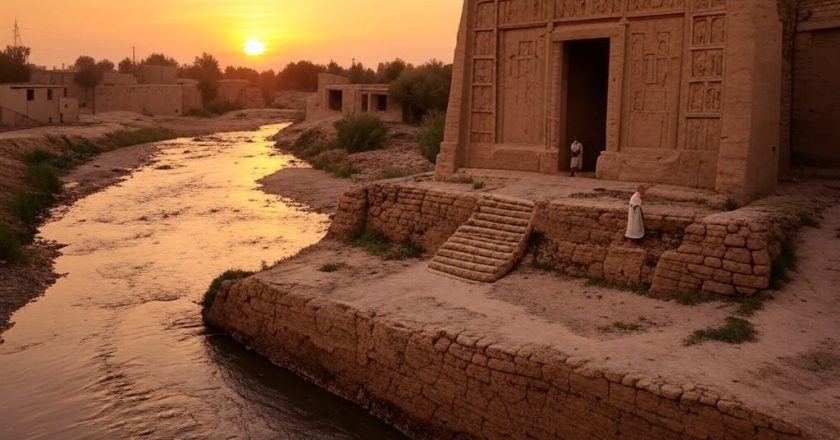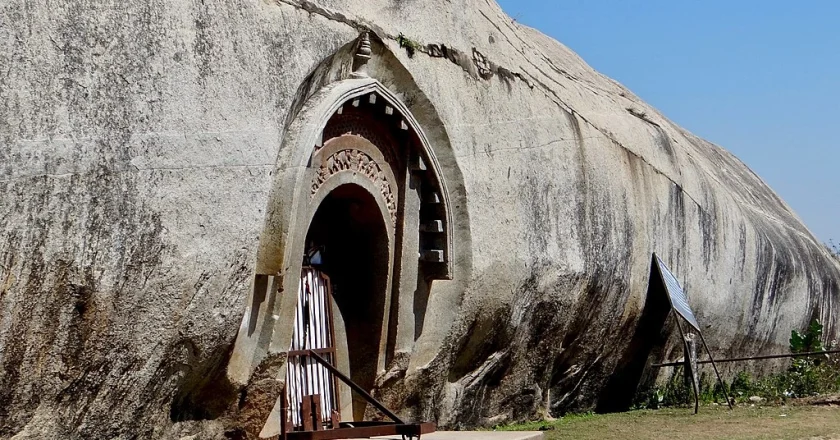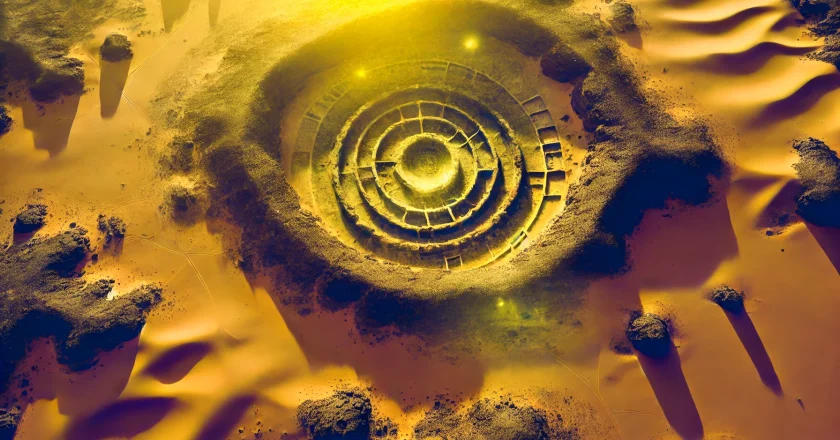The Secret History of Sensory Deprivation: How Ancient Philosophers and Priests Used Isolation to Achieve Enlightenment
In modern culture, sensory deprivation is associated with float tanks, neuroscience labs, and biohackers seeking inner clarity. But the idea is anything but new. Thousands of years before psychologists coined terms like “altered states of consciousness,” ancient priests, mystics, monks, and philosophers discovered something profound: when the senses fall silent, the mind begins to speak.
What science studies today as an experimental phenomenon was once a guarded spiritual technology, used to access visions, revelations, creativity, and even political authority. Across civilizations—from Egypt to Greece, from the Himalayas to the Mayan world—sensory deprivation was not an accidental discovery. It was a deliberate path to enlightenment.
This is the hidden history of a practice far older an...


